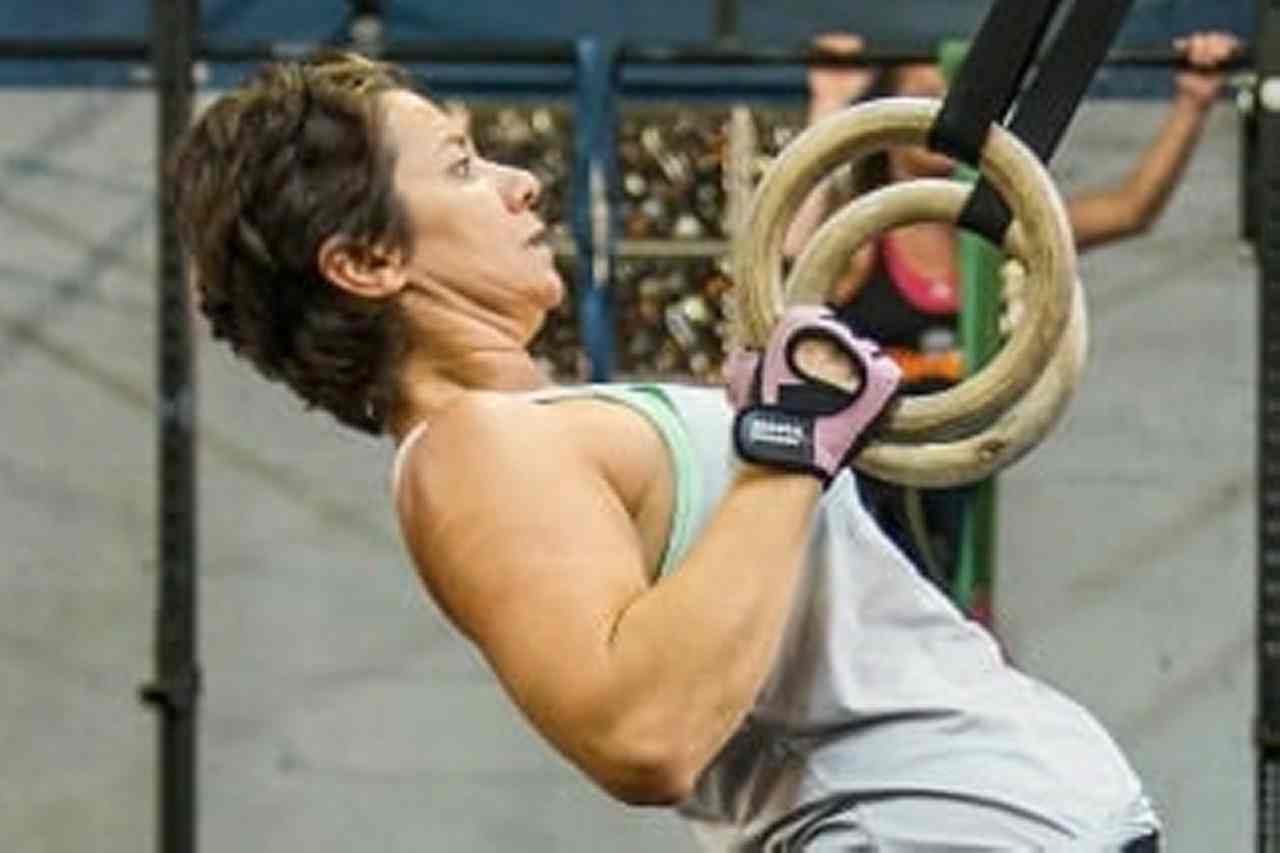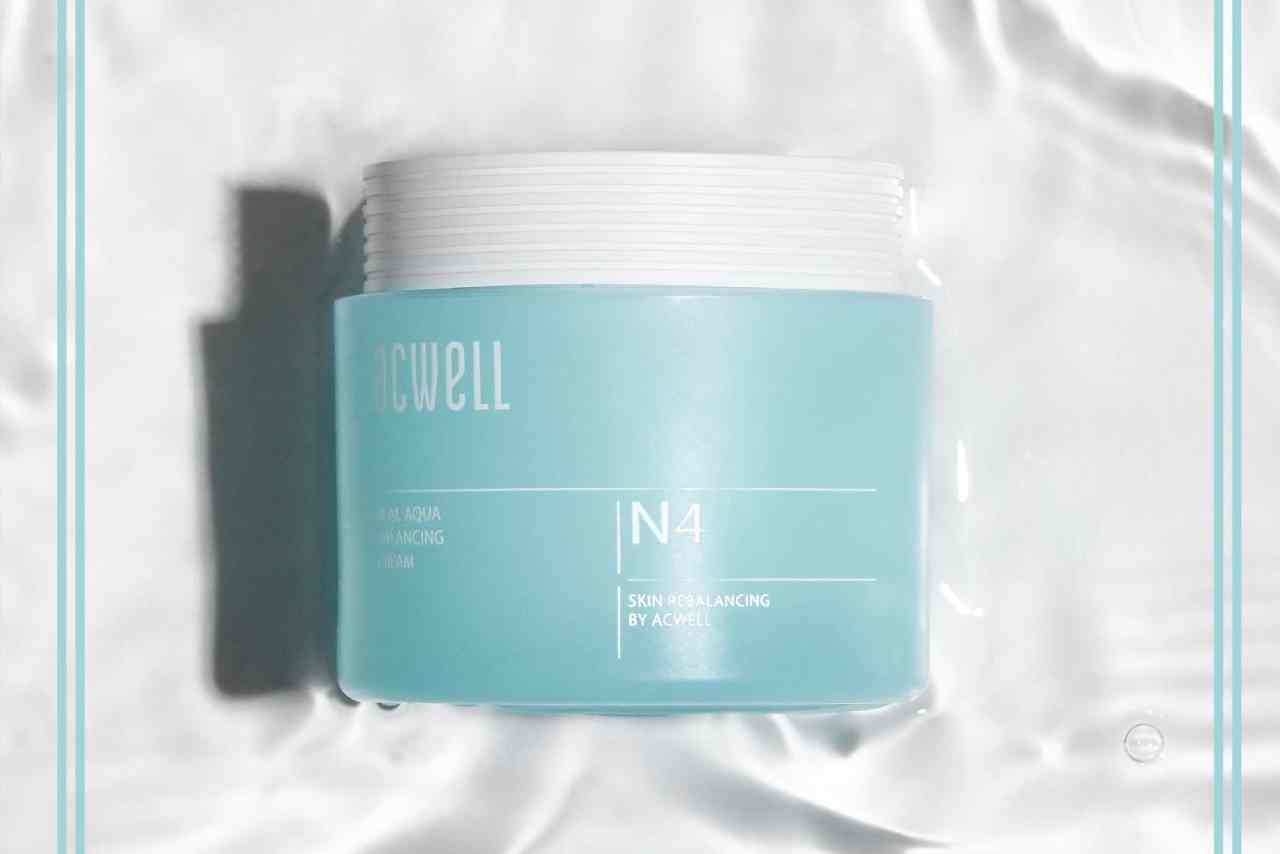You’re not in your twenties anymore, and haven’t been for a while. You’re busy, don’t really enjoy the gym setting, and you couldn’t care less about setting a new personal record in Olympic lifts or “Fran” times.
You’re not in your twenties anymore, and haven’t been for a while. You’re busy, don’t really enjoy the gym setting, and you couldn’t care less about setting a new personal record in Olympic lifts or “Fran” times.
In fact, just looking at all the “hard-core” and “Do you even lift?” on your Facebook feed makes your body hurt. The thought of running marathons seems as fun as super gluing your face to the sidewalk. You might have a family and a high-pressure job, and you feel like there’s a million other things you would rather do than spend your “extra” time in the gym.
But you do want to feel better, look better, and move well. You just don’t know where to start, what to focus on, or how to get there in the most pain-free way possible. If this sounds like you, fear not. Creating a workout that fits your lifestyle doesn’t have to be complicated.
Today I’ll share with you some basic steps to getting started with at-home exercise and then show you a few of my favorite workouts.
1. Begin a Daily Joint Mobility Routine
Basic joint mobility makes a fantastic warm up and morning routine. I suggest using it daily to maintain joint health. Try the one that I demonstrate in this video:
Basic Joint Mobility Warm Up
Watch this video on YouTube
2. Use the Basics and Focus on Movements
Focus on big movements like squats, push ups, pull ups or rows, lunging, twisting, extending, and bracing. These exercises and movement patterns are the ones you use in your everyday life. They also burn a ton of calories.
“Training three or four times per week using total-body movements and linking them together in various circuits will be more than enough to change your body for the better.”
Yes, handstands are fun and build strength, but if you’re looking to improve your functional day-to-day strength and take a no-BS approach, then your time is better spent on other exercises. The more complex a movement, the less carryover it has to everyday life.
3. No Need for Lots of Equipment
Worried that building a home gym will be too expensive and take up too much room? Fear not. The equipment I use fits into a bookbag and costs in the ballpark of $50-200 (depending on your needs). Resistance bands for added weight or mobility work, lacrosse balls and/or foam rollers for massage, and a suspension trainer are all you need at first. Where you go from there is up to you.
4. No Time? No Problem
Your training doesn’t have to take up hours of your day. Training three or four times per week using total-body movements and linking them together in various circuits will be more than enough to change your body for the better. Workouts done in this fashion won’t take longer than ten to thirty minutes. See the examples below to get started.
The Workouts: 30/30/30
As we age, a lot of us develop issues with our joints, and multiple reps of explosive movements can cause us problems. The beauty of the 30/30/30 workout is that it fatigues the muscles thoroughly without any undue stress on the joints.
It’s a simple workout, it’s absolutely crushing, and it takes up hardly any time. High tension, slow speeds, and isometric holds are all rolled into one beast of a session that will leave you smoked. In fact, this may be one of my favorite workouts.
1 set and 1 rep per exercise, 30 seconds rest between exercises:
- Chin Up or Bodyweight Row
- Push Up
- Bodyweight or Weighted Squat
- Bodyweight or Weighted Hip Thruster
Each exercise is performed with a 30-second eccentric phase, 30-second concentric phase, and a 30-second pause at the top or bottom of the movement (depending on the exercise). For example, with a chin up (or resistance band-assisted chin up) you would slowly pull yourself up to the bar for 30 seconds, pause with your chin over the bar for 30 seconds, and then lower for 30 seconds. This makes one rep take 90 seconds total.
Simple Assisted Pull Ups!!
Watch this video on YouTube
Band assisted chin ups are one of the variations you can use during this workout.
The goal is to make one rep so difficult that it would be impossible to perform another. When you’re first starting this workout, it’s smart to work up to the 30/30/30 by performing a 20/20/20. Once that becomes possible, move onto a 25/25/25.
This workout can be comprised of three to five exercises. Added weight can be used, but most people find their bodyweight alone will be more than enough at first. Choose a push up variation, squat variation, and bodyweight row or chin up/pull up at minimum. Other exercises that can be added into the workout include (but aren’t limited to) glute bridges, hip thrusters, and suspension trainer curls or triceps extensions.
The Workouts: 10- to 20-Minute Long Repetitive Circuits
This workout is a great option for not only improving your strength but also your conditioning. Think of it as a wonderful blend of resistance training and cardio. It’s another brutally simple style of training, but it provides endless possibilities and variations of exercises.
“By no means are these the only workouts that middle-aged or aging trainees should be using. They’re just some suggestions.”
You can use anywhere from three to ten exercises during this workout, but I like to use around five or six. Keep the reps from 8-10 per exercise. You may use any variation of an exercise you like, weighted or bodyweight – but don’t go too heavy. The goal is strength conditioning not raw strength.
You can use any time limit, from ten to twenty minutes, depending on fitness level. Ten minutes is great for starting out, fifteen minutes is a good intermediate, and twenty works well for more experienced trainees.
Move smooth through this circuit, in order, over and over, until the time limit is up:
- 8 Reps Vertical or Horizontal Pull Variation
- 8 Reps Squat Variation
- 8 Reps Push Up Variation
- 10 Reps Lunge Variation (10 per leg)
- 10 Reps Extension Variation (Ex. Supermans, Bird Dogs)
How To Do Your First 10 Push Ups!
Watch this video on YouTube
Follow this progression pattern to achieve your first push up.
You’ll need a timer. You can use a stopwatch or your phone, no need for anything fancy. The idea is to move smoothly through the list, performing each exercise for it’s indicated reps before moving to the next exercise – without rest. Once you’ve finished the circuit, repeat it over and over again until your time is up.
The goal is to never stop moving, never rest, and perform every rep with perfect form and control. The goal is not to get as many rounds as possible. That’s competitive thinking and is more likely to lead to injury and sacrifice of form. Don’t worry, you’ll still be breathing hard and working hard.
The Workouts: Giant Circuit of Max Reps
Don’t let the description of this workout fool you, done correctly it will wipe you out and have your heart rate up. The workout is comprised of anywhere from eight to twenty exercises, performed back to back in a circuit format, each one being done for the maximum amount of reps as you can possibly do with perfect form.
You only go through the circuit one time, so it’s important you make sure you can’t complete another rep for any exercise. This workout takes up hardly any time, and the minimal rest between exercises will provide some conditioning, while the higher rep range will stimulate muscle growth and help maintain muscle mass.
“Your training doesn’t have to take up hours of your day.”
Perform each exercise to failure before moving onto the next exercise. No rest between exercises. Go through this whole circuit only once. Scale the variations of each exercise to your skill and strength level.
- Vertical Pull Variation
- Push Up Variation
- Squat Variation
- Lunge Variation
- Horizontal Pull Variation
- Push Up Variation
- Squat Variation
- Extension Variation (Super Mans, Bird Dogs, Back Extension)
How To Fix Your Squats Instantly
Watch this video on YouTube
Don’t worry if you don’t feel comfortable in the squat yet – try one of these variations instead.
A Goal of General Fitness
By no means are these the only workouts that middle-aged or aging trainees should be using. They’re just some suggestions. Not everyone is looking to be an athlete, and that’s totally cool. But if you’re looking to make fitness a part of your life, and not your whole life, these workouts and guidelines might be a great place to start. Now get your training in, get it done, and enjoy your day!
Check out these related articles:
- Simple workouts and fun exercises to do when stuck at home of the office.
- Fitness at 40 – How to Train Hard and Play Smart
- Simple and Effective Strength – the Perfect Beginner Workout
- Live Long and Prosper – Fitness for Middle-Aged Athletes
Photo 1 courtesy of Shutterstock.
About Timothy Bell
Timothy Bell is a fitness coach and writer from Kingston, Ontario, Canada. Timothy has trained countless people using his unique minimalist approach to bodyweight training. Tim’s relaxed, no-nonsense, adaptable style of fitness allows his clients the ability to train anytime, anywhere, with little to no equipment needed. This has led him to becoming well known for training his clients everywhere from parks and balconies to back yards and basements. He prides himself on being able to deliver world-class training regardless of the location. Timothy firmly believes that your training should be a part of your life, and not be your whole life.
Timothy’s goal is to help everyone he works with find a unique fitness and nutrition program that fits their lifestyle. He’s known for giving out tons of free advice, videos, and articles on his blog Timothy Bell Fitness.













